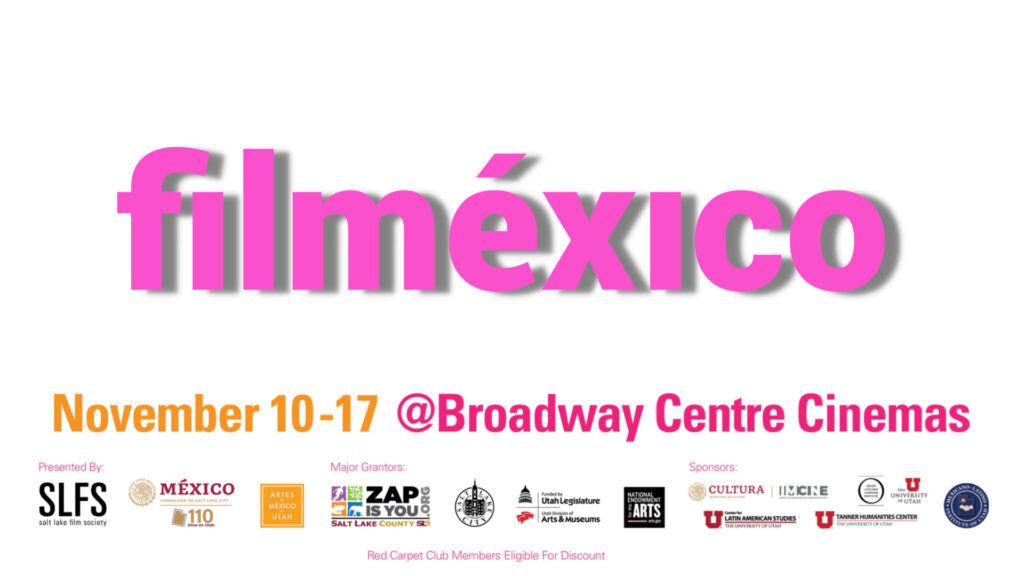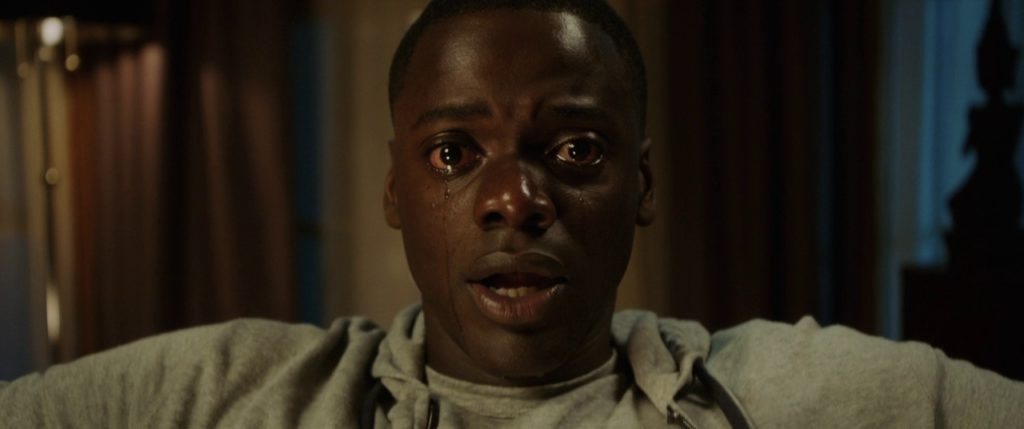At Salt Lake Film Society, our love of cinema and belief in its power to entertain and engage our community drives the very purpose of our non-profit organization, and its mission. As a non-profit, we must make considerable and constant effort to raise the funds necessary to show the diversity of films you love on the big screen.
Our seven screens in two iconic neighborhood venues offer unique and wonderful arts experiences everyday of the year, not a small feat for a non-profit organization to accomplish. What many people may not realize is that the income from these venues covers less than ½ of our operating expenses. To bring you the best in independent, international and art house films, we must rely on the generosity of donations from compassionate and charitable film fans and art lovers like yourself.
We are well aware that every charitable organization and their mother is making requests for donations and support during this thanking and giving season. So instead of adding on to the pile, we just want to boast a bit about the unique impact and offerings SLFS provides to our community and suggest that after giving thanks on Thursday, and buying a few more things you probably don’t need on Friday and Monday, that you consider supporting your community’s access to independent film on Giving Tuesday (Donations on Giving Tuesday will be matched through a very generous donation from our Board Chair, Brian Rivette).
What Makes Salt Lake Film Society Special

As a non-profit organization, our operation of two theater venues with seven total screens is quite distinctive in the art house cinema world. Not to toot our own horn too loudly, but we humbly consider SLFS to be an expansive oasis in a cinematic desert. You would be hard pressed to find another independent theater that offers more screens than the Broadway in any other state in the country not named California or New York.
This somewhat unprecedented access to quality, independent film offerings is a key component to the growth and future of the SLFS mission. It is why we have been able to continually bring a wide variety of high-quality independent films to the Salt Lake City community for over two decades.
In all of this time, we have worked diligently to strengthen our community, and showcase incredible and inspiring visual stories to as many people and underserved communities as possible. No other theater in the state of Utah has:
-
- Screened as many independent films, international films, or films that represent marginalized voices (BIPOC, LGBTQIA+, etc.)
-
- Provided as many free or dramatically reduced admissions to underserved populations and non-profit community partners
-
- Hosted as many culturally-focused film tours (FilmMexico, Czech, Masima, L’Chaim)
-
- Programmed more unique films that weren’t screened anywhere else in the state

How You Can Help Our Non-Profit
These incredible and distinct venues enable the positive impact we make on our community. But as vital as they are to our operation and identity, we can’t rely entirely on them: less than ½ our annual expenses are covered by ticket and concession sales. Income generated from these venues is crucial to our organization’s ability to show independent film, but the fact of the matter is that we rely much more so on the contributions of generous people and organizations to keep our doors open and our projectors running.
So if you have any funds leftover after the indulgent, capitalist pursuit that always occurs in the days following Thanksgiving, we’d love for you to consider supporting independent cinema, by contributing to your local, non-profit art house theater! And there’s more than a few ways you can do this:
Red Carpet Club – One of the best ways to support SLFS (and support your access to independent cinema) is by becoming a member of our Red Carpet Club! Get discounts on tickets and concessions, and build up rewards to save even more, all while supporting your local art house cinema.
Gift Membership – Rushing to find a good last-second gift? Shopping for someone who wants experiences over items? Consider a Gift Membership to our Red Carpet Club! Give your loved ones even more reason to support independent film, and combine it with a concessions package to really deliver a memorable experience that everyone can enjoy.
Ask Your Employer to Sponsor – The Salt Lake City business community does a good job of looking out for each other, and we always love to make more connections! Bring up the idea of sponsorship with SLFS at the organization you work for, and be the first domino that helps your local independent theater receive local support in a big way.
Donate – Whether it’s a one-time add-on to your next ticket purchase or a recurring monthly donation through our Red Carpet Club program, every little bit helps! Your support is why we are able to do what we do, and whatever you can manage means more to us than you know. (But we’ll be sure to thank you many times over, with some sweet perks throughout the year.)
Support SLFS Today
If you enjoy the visual stories of independent film in friendly, locally-run venues, and you appreciate the passion and perspective SLFS provides to the Salt Lake City community, support us today. Take a real step to show that access to cinema matters to you. Support Salt Lake Film Society this holiday season and enjoy great cinema all year long.
To join our Red Carpet Club, click here.
To purchase a Gift Membership, click here.
To learn more about sponsorship with SLFS, click here.
To make a donation, click here. And if you would like to see your donation matched, all donations given on Giving Tuesday, November 29th, will be matched through a generous donation from our Board Chair, Brian Rivette.

































